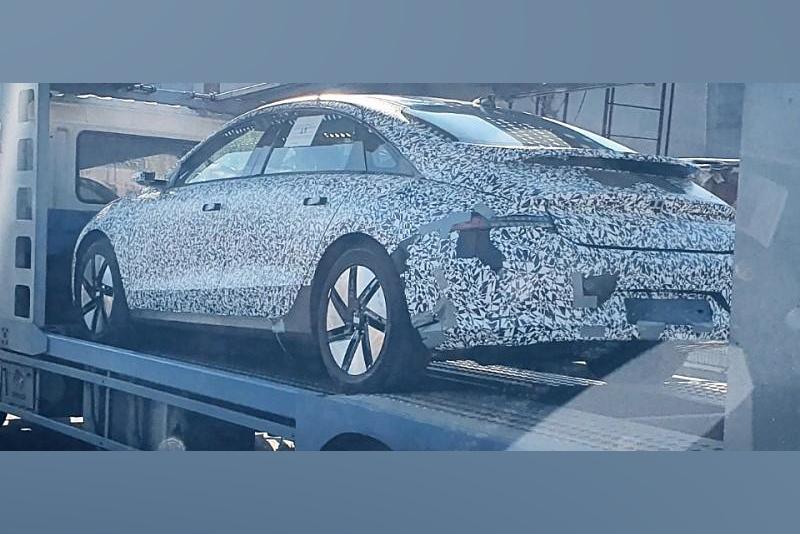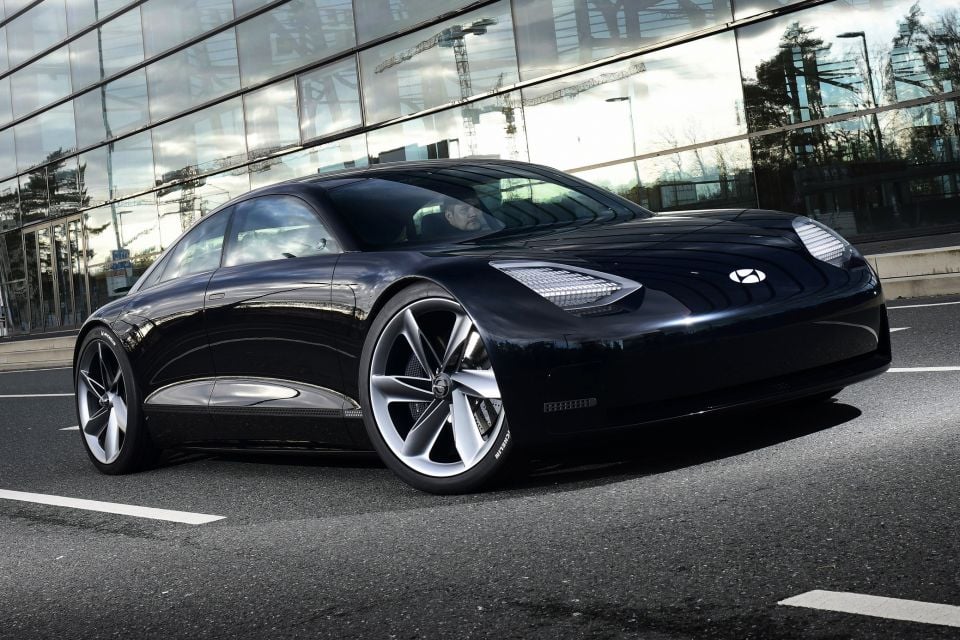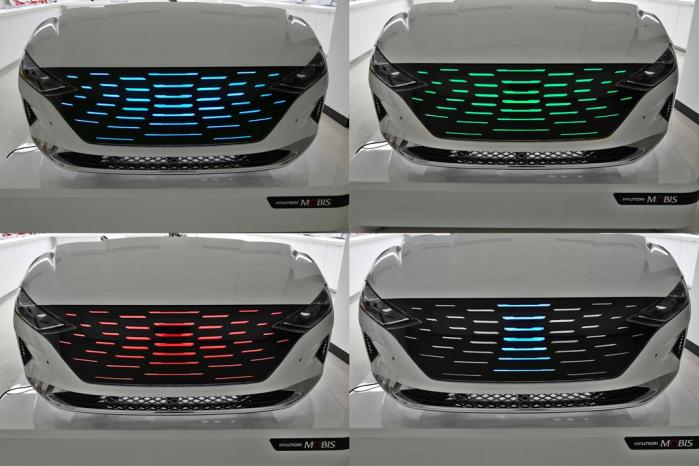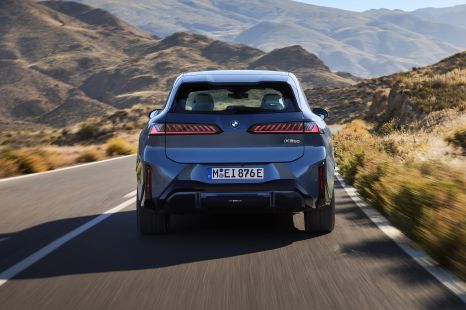

Max Davies
2026 Ram 1500 Rebel review
6 Days Ago

News Editor
Hyundai’s next ground-up electric vehicle looks set to offer more range than the Ioniq 5.
The Korean Car Blog has obtained some specifications for the Hyundai Ioniq 6, which could be revealed in June 2022 ahead of a production start in July.
It’ll reportedly offer up to 230kW of power and 515km of range, utilising a 77.4kWh lithium-ion battery.
It’s unclear what test cycle that range figure is based on, or how powerful lesser Ioniq 6 models will be.

The Ioniq 5, in contrast, offers 160kW of power, 350Nm of torque and 451km of WLTP range in single-motor rear-wheel drive guise, and 225kW, 605Nm and 430km of range in dual-motor all-wheel drive guise.
Both variants use a 72.6kWh battery.
The Ioniq 5 and Ioniq 6 both ride Hyundai’s new dedicated E-GMP electric vehicle architecture, which will also be employed by the full-sized Ioniq 7 crossover due in 2024.
The Ioniq 6’s lower, sleeker body may aid aerodynamics compared to the more upright Ioniq 5 and therefore improve efficiency, with the shapely sedan’s styling heavily inspired by the Prophecy concept.

It’ll reportedly measure 4855mm long, 1495mm tall, 1880mm wide and span a 2950mm wheelbase.
That makes it 45mm shorter, 50mm lower and 20mm wider than a Sonata N Line on a 110mm longer wheelbase, and will reportedly offer interior space comparable to the larger Grandeur not sold here.
The Prophecy concept won’t be quite as prophetic as the Hyundai 45 concept was to the production Ioniq 5.
Last year, it was reported the Ioniq 6’s launch was being delayed around three months to make it longer both in range and in dimensions.


External changes reportedly included redesigned front and rear bumpers, increasing overall length by 20mm.
The latter change also appears to have seen the tail lights move further up on the rear fascia.
The Prophecy concept had an unusual, full-width cut-out filled with Hyundai’s Parametric Pixels, as seen on the Ioniq 5, with illuminated portions contained within.
Recent spy photos, however, show the Ioniq 6 appears to have shifted to slim, horizontal tail lights on a still sloping rear end, with shades of the Mercedes-AMG GT 4-Door Coupe.

The Korea Economic Daily also reported the Ioniq 6 will come with a “lighting grille”, an automotive-first that will allow drivers to use the grille as a LED lighting device.
Developed by its parts arm Hyundai Mobis, the grille can change colour to indicate it’s charging, there’s an emergency, or the vehicle is in autonomous driving mode, among other scenarios.
Hyundai has committed to reducing its 2019 carbon emission levels by 75 per cent by 2040, with the target of zero carbon emissions by 2045.
By 2030, Hyundai aims for 30 per cent of its global vehicle sales to be from zero-emission vehicles. By 2040, it wants zero-emissions vehicles to account for 80 per cent of total sales.
Where expert car reviews meet expert car buying – CarExpert gives you trusted advice, personalised service and real savings on your next new car.
William Stopford is an automotive journalist based in Brisbane, Australia. William is a Business/Journalism graduate from the Queensland University of Technology who loves to travel, briefly lived in the US, and has a particular interest in the American car industry.


Max Davies
6 Days Ago


Max Davies
4 Days Ago


Neil Briscoe
3 Days Ago


Max Davies
2 Days Ago


Alborz Fallah
22 Hours Ago


Damion Smy
22 Hours Ago